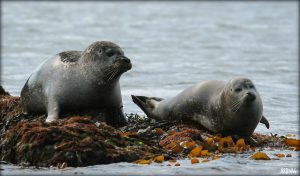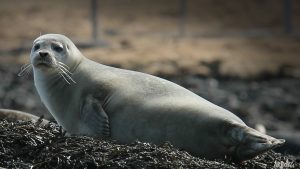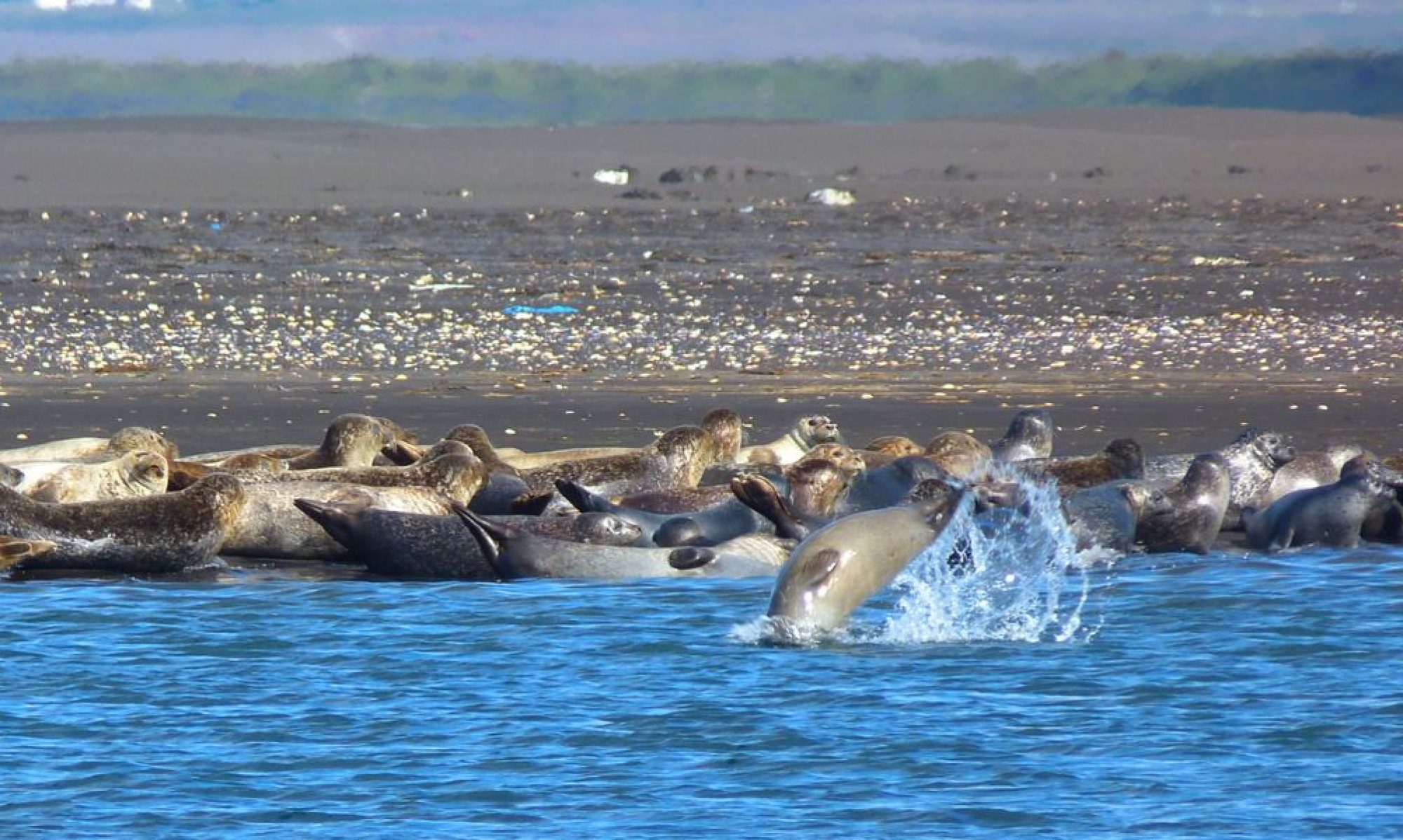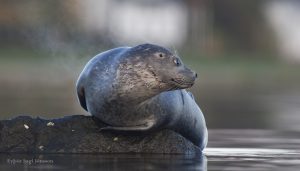Turnover down 27% in June Year on Year (YoY)

YoY comparison is difficult for the first four months of the year, as the Icelandic Seal Centre had regular and advertised opening hours for the first time during the winter in this winter just passed. As a result, the period of January-April shows a healthy increase in total visitor numbers and turnover. Total visitor number includes guest that only visit the Information Centre, as well as those guests that paid an entry fee to the museum. Total guests in January were 301, in February 438, in March 1,219, and in April total guests were 1,283. The total number of guests for the first four months of 2017 was therefore 3,241, compared to 1,860 for the same period in 2016 – or a 74% increase, during the same period turnover increased by 58%. It is worth reiterating, however, that the opening hours YoY are not comparable and these numbers need to viewed in that context. It is also worth pointing out that the total number of visitors for these 4 months is lower than that for May alone.
Opening hours in May and June are comparable, however.
In May 2017 the total number of guests was 3,312, which is a 1% decrease YoY. During the same period total turnover decreased 17% YoY. Interestingly, the number of guests that paid to enter the museum increased by 6% YoY for the same period, and the museum is therefore a larger part of total turnover than before.
In June 2017 the total number of guests was 6,941, which is a 6% increase compared to 2016. During the same period total turnover decreased 27% YoY. Interestingly, the number of guests that paid to enter the museum increased by 14% YoY for the same period, and the museum is therefore a larger part of total turnover than before.
Entry fees for the museum have not gone up since 2012, products from Icelandic suppliers have remained static in price in ISK YoY, and a stronger Icelandic króna and changes in customs have resulted in products imported by the Seal Centre itself being cheaper this year than last in ISK.




